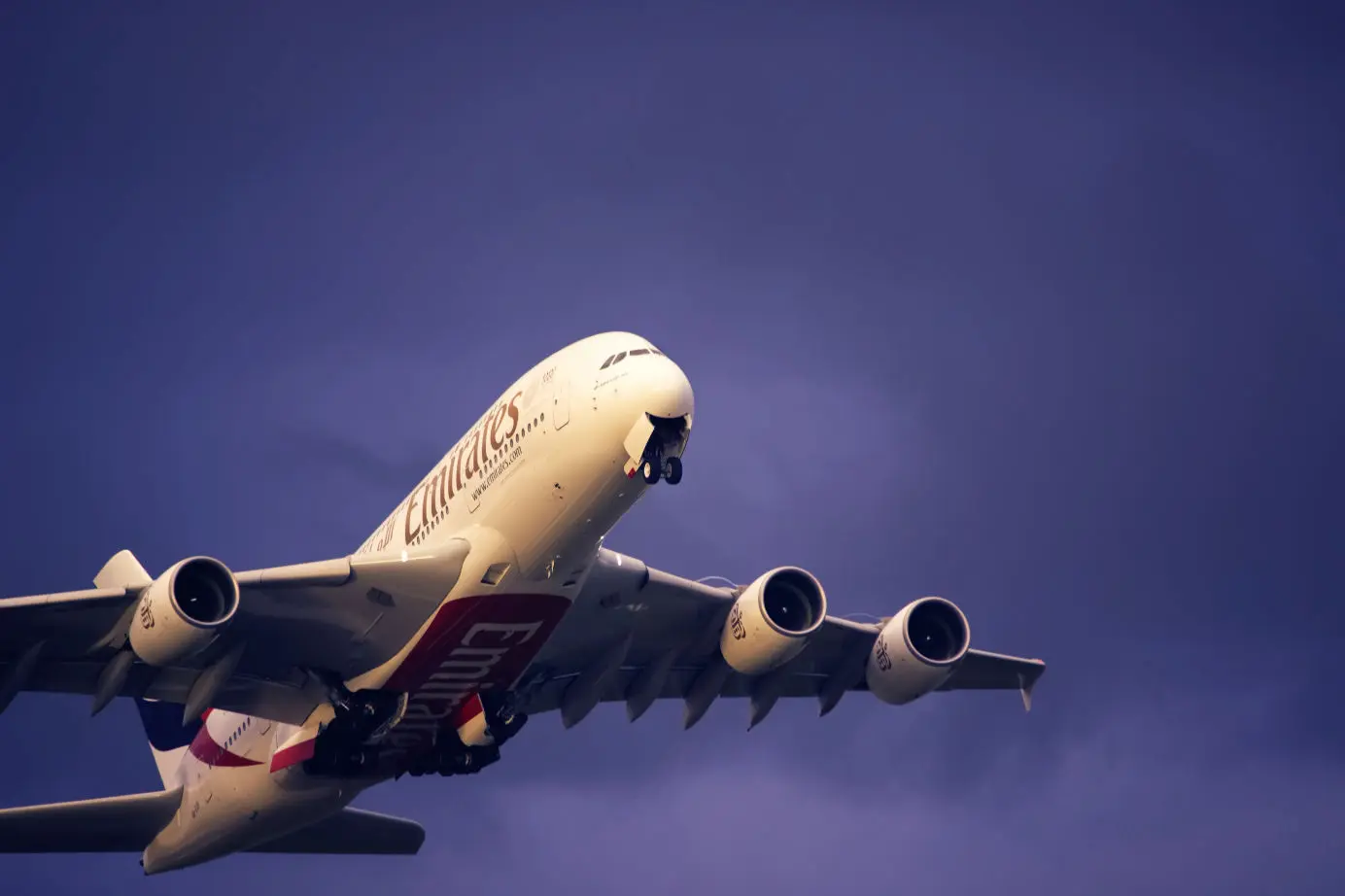
Why Was the A380 Discontinued - The Rise and Fall of the A380
The Airbus A380, the world's largest passenger airliner, was discontinued due to several factors such as low demand, high operating costs, and advancements in aircraft technology. Discover why the A380 was discontinued.
Table of Contents
The aviation industry has witnessed numerous groundbreaking innovations throughout history. One of the most remarkable is the Airbus A380.
This modern double-decker aircraft made by Airbus in Europe, has fascinated since its first flight with its incredible size and on-board luxury.
However, despite its initial success on the market and promises to revolutionize air travel, the A380's fate took another turn, ultimately leading to its discontinuation and Airbus ceased producing the large jet.
In this article, we delve into the rise and fall of the A380, exploring the reasons behind its eventual demise. From its grand debut to the challenges it faced, we uncover the factors that contributed to this iconic aircraft's relatively short production run.
While the Airbus A380 will continue to fly for decades to come, we unravel the story of the A380, examining the economic, technological, and market forces that shaped its destiny.
The Rise of the A380: High Expectations and Initial Success
The Airbus A380 made its first flight on 27 April 2005, and its introduction marked a significant milestone in aviation history.
With a capacity to carry up to 853 passengers, it quickly became a noticeable aircraft. On top of that, Airbus promised a spacious cabin, state-of-the-art amenities, and a groundbreaking flying experience. Not only would the new double-decker jet carry more passengers, it would do so more comfortably.
In general, Airbus marketed the A380 as a game-changing aircraft, offering airlines the opportunity to transport more passengers efficiently and reduce operational costs.
However, despite the attractive promises and initial succes of the Airbus A380, the aircraft faced a series of challenges that would ultimately contribute to its discontinuation. These challenges came from various fronts, including changing market dynamics, declining demand, and the emergence of more fuel-efficient and flexible aircraft.
Let's explore these challenges in more detail.
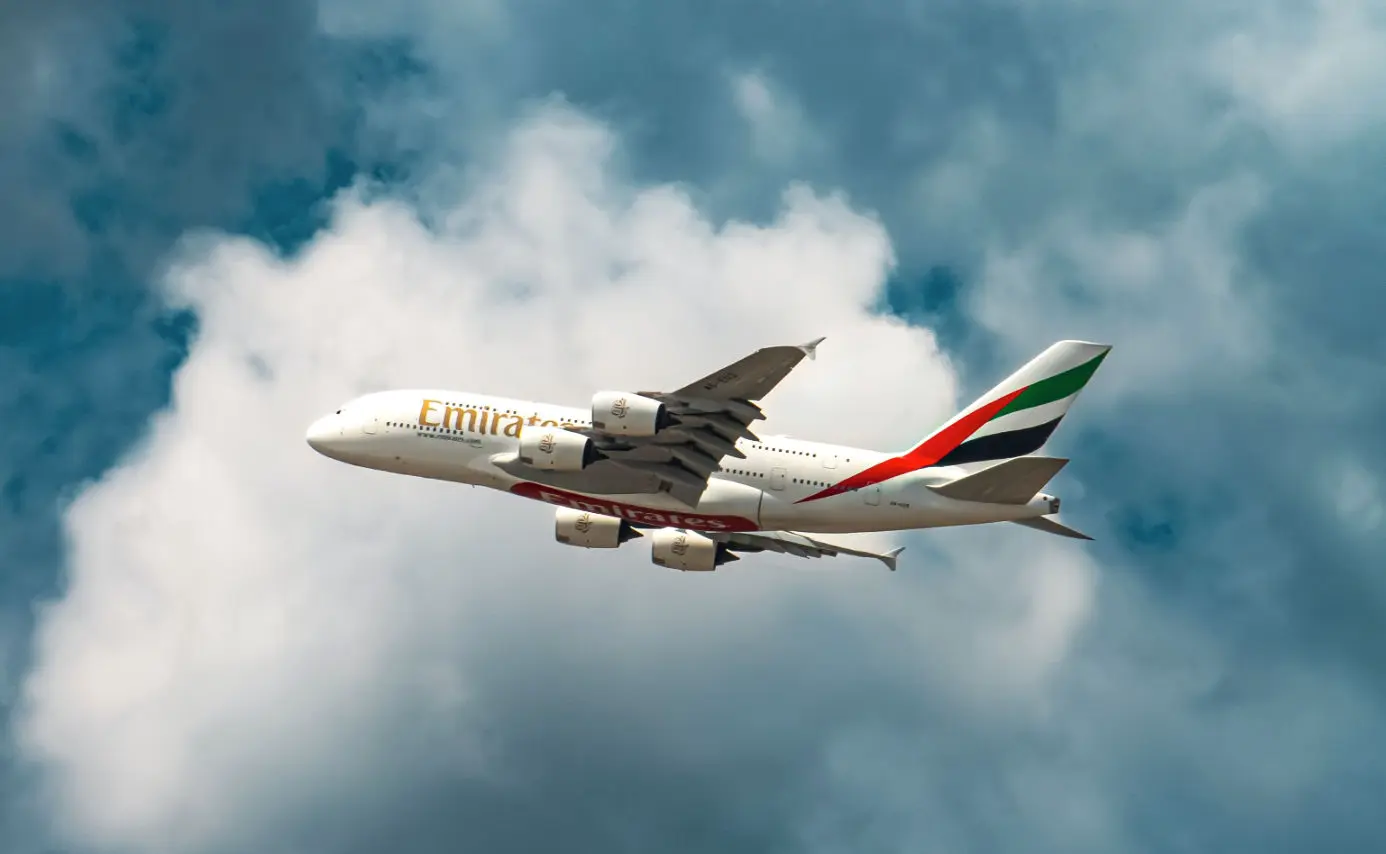
Challenges Faced by the A380
One of the first challenges that the Airbus A380 faced was its size. It posed posed logistical hurdles, requiring airports to make significant infrastructure modifications to accommodate its operations.
Many airports widened their runways, enlarging the gates, and constructing specialized boarding bridges that could support the A380's two decks. But airlines and airports were in fact willing to invest in these changes as they saw a long-term benefit of the Airbus A380 to their business.
Another major problem for the A380 was a decline in the airline's demand for large aircraft in general. As fuel became more and more expensive, airlines began shifting their attention to smaller and more fuel-efficient jets that also allowed for greater flexibility in routing and travel frequency.
Passenger Preference and Market Dynamics
This shift was, in turn, driven by changing passenger preference. They increasingly preferred direct flights and more frequent departures. The A380 was designed to carry passengers between larger airports or "hubs" where they would take other flights to their final destinations. Instead, smaller aircraft could fly to more destinations more frequently, burning less fuel. The A380, with its immense size, struggled to compete and the airlines had trouble consistently filling the A380's seats, leading to financial losses on less profitable routes.
The rise of low-cost carriers contributed to the A380's problems, as they favored smaller aircraft, like the Boeing 737, with lower operating costs.
Economic Factors
Additionally, the A380 faced some serious headwinds from global economic factors.
The 2008 financial crisis had a significant impact on the aviation industry, leading to a decrease in air travel demand and a subsequent decline in airline profitability. Therefore, airlines had to reevaluate their fleet strategies, focusing on cost-cutting measures and optimizing operations. The Airbus A380, with its high operating costs and limited flexibility, became a less attractive option for airlines seeking to streamline their operations and improve profitability.
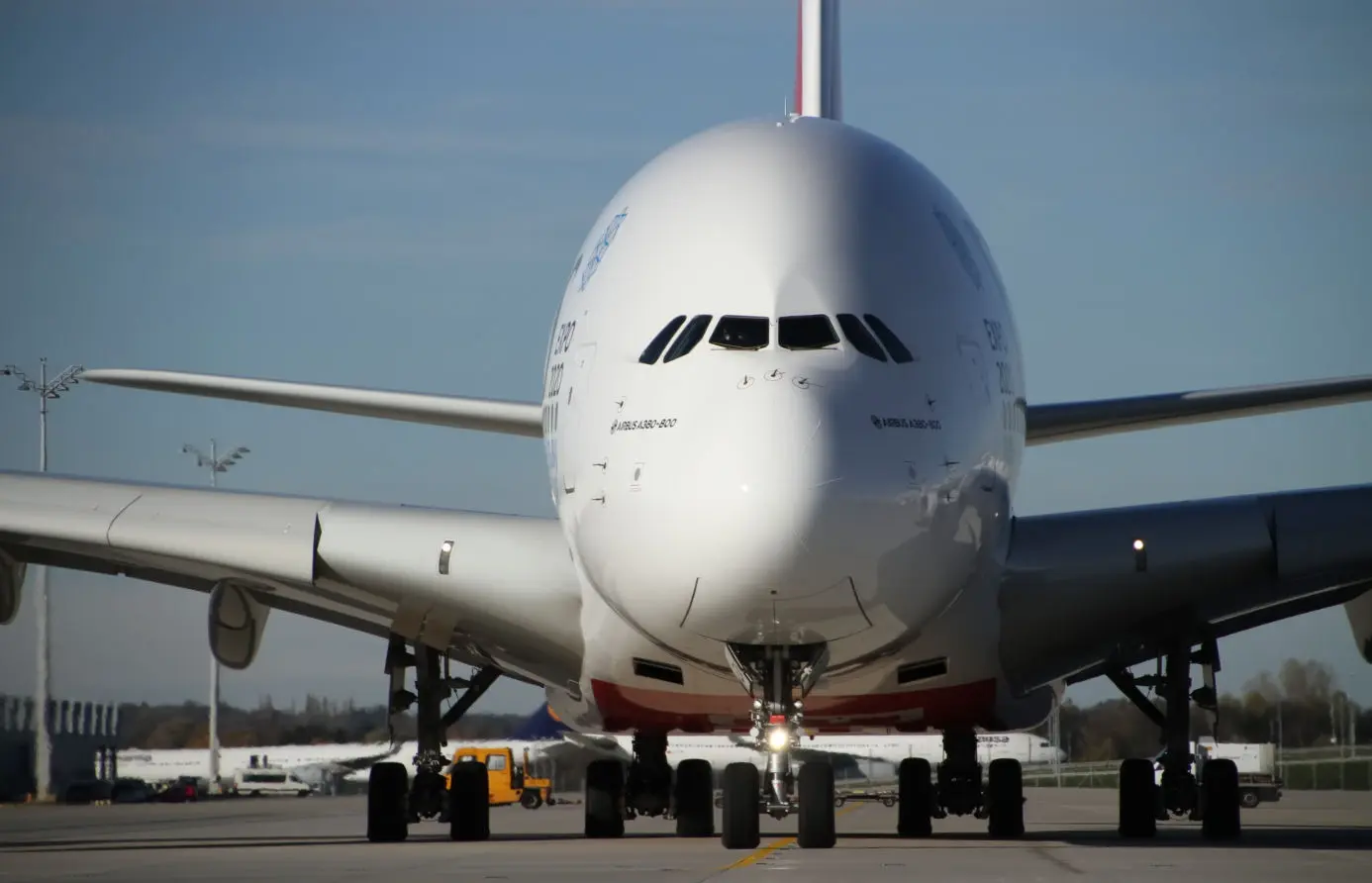
Additionally, the A380's resale value posed a challenge for airlines. The limited market for used A380s made it difficult for airlines to recover their investments in the aircraft. As newer, more fuel-efficient models entered the market, the demand for used A380s decreased, further diminishing their resale value. This made it financially challenging for airlines to phase out the A380 and transition to newer aircraft.
Technological Factors
Technological advancements also played a role in the A380's challenges.
While the aircraft boasted impressive technological innovations, such as quieter engines and advanced cabin features, it fell short in terms of fuel efficiency compared to newer aircraft models. As environmental considerations became increasingly important in the aviation industry, airlines sought more eco-friendly options that would help reduce their cost and carbon footprint.
The A380's four engines and higher fuel consumption and emissions became a disadvantage, further diminishing its appeal. The emergence of new twin-engine aircraft models, such as the Boeing 787 Dreamliner and the Airbus A350, further underlined this. Boeing experienced the same issues with their 747.
The COVID-19 Pandemic
The COVID-19 pandemic also had a profound impact on the aviation industry and played a role in the A380's discontinuation.
The unprecedented decline in air travel demand caused by the pandemic forced airlines to ground their fleets and reassess their operations. Some airlines even retired their A380 fleets completely during the pandemic.
With the uncertainty surrounding the recovery of air travel, airlines had to prioritize more cost-effective and flexible aircraft that could adapt to changing market conditions. The A380, with its high capacity and associated costs, became impractical in the face of reduced passenger demand and the need for financial recovery.
Discontinuation of the Airbus A380
As these challenges manifested themselves and became more serious over time, the demand for large aircraft like the A380 began to decline.
Airbus's production of the A380 peaked at 30 aircraft per year in 2012 and 2014. But then the orders slowed down.
In early 2019, Airbus said that it was in discussions with Emirates on their A380 contract. Emirates, the largest single A380 operator, were reconsidering their order for 36 A380's. The A380 program was already struggling at this point and Airbus had reduced their yearly production to just eight aircraft.
Emirates canceled the order on 14 February 2019 and replaced it with orders for Airbus A350s and A330neos. With the cancelation, Airbus stated that production would end after the final A380 order was delivered in 2021.
The last Airbus A380 was delivered to Emirates in December 2021, marking the end of 15 years of production.
Only 251 Airbus A380s were ever built.
Impact on Airlines, Airports and Industry Stakeholders
The discontinuation of the A380 had certain implications for airlines and industry stakeholders.
Airlines that had invested heavily in the aircraft were faced with the challenge of considering their future transitioning to newer, more efficient models while managing the financial impact of the A380's retirement. Although the A380 will still fly for many years to come, airlines must still prepare for its market exit. This transition required careful planning, including fleet restructuring, crew training, and infrastructure adjustments.
Airports that had invested in infrastructure modifications to accommodate the A380 also felt the impact of its discontinuation. These airports had to reassess their long-term plans and find alternative uses for the A380-specific facilities. This included reconfiguring gates and boarding bridges to cater to other aircraft types, which incurred additional costs.
The discontinuation of the A380 also had implications for the wider aviation industry. Suppliers and manufacturers who were part of the A380's supply chain had to adapt to the changing market conditions and shift their focus to other aircraft models. The retirement of the A380 signaled a shift in the industry's priorities, with a greater emphasis on smaller, more fuel-efficient aircraft that could better meet the evolving demands of airlines and passengers.
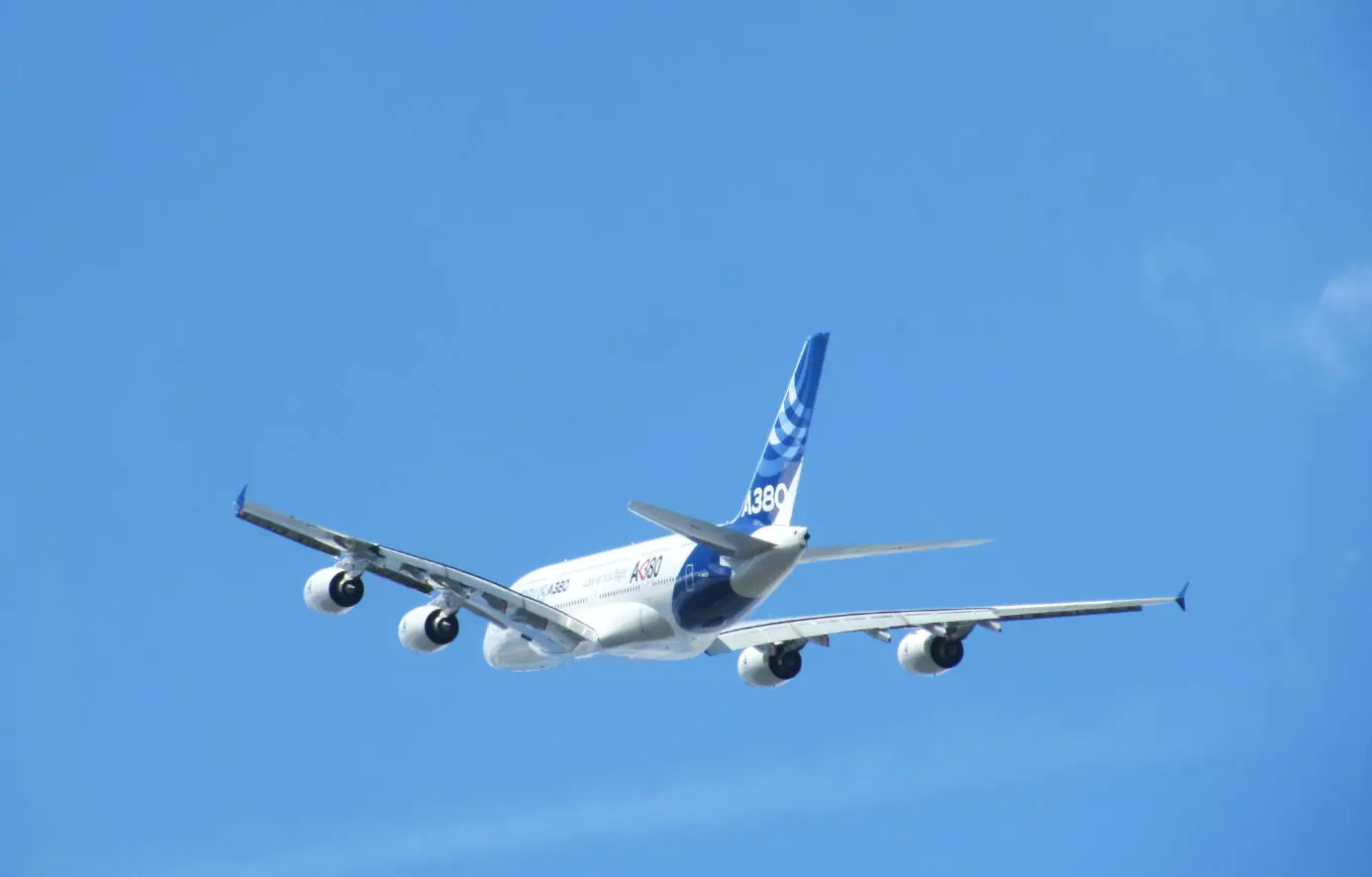
Lessons Learned From the A380’s Rise and Fall
The rise and fall of the Airbus A380 offer valuable lessons for the aviation industry. One key takeaway is the importance of aligning aircraft design with market dynamics and passenger preferences. This involves the almost impossible feat of predicting the future, as a modern jet airliner can be decades underway from development to first flight.
While the A380 offered impressive size and amenities, it fell short in terms of flexibility and operational efficiency, leading to its decline in demand. The large double-decker was simply build for another market environment. Adaptability, fuel efficiency and low operating costs should be in focus as new aircraft are developed. We already see that happening with the Boeing 737 MAX, 777X, Airbus A350 and A320neo.
Another, related, lesson is the significance of economic viability and fleet planning. The A380's high operating costs and limited flexibility made it financially challenging for airlines, especially during times of economic uncertainty and skyrocketing fuel costs. Airlines must carefully consider the economic implications of investing in aircraft and ensure they can generate sufficient revenue to justify the associated costs. Otherwise, manufacturers like Boeing and Airbus will suffer the consequences in their order books.
The A380's discontinuation also highlights the importance of sustainability in aircraft design. As environmental considerations become increasingly important, aircraft manufacturers need to prioritize fuel efficiency and emissions reduction in their designs. With its four engines, the A380's high fuel consumption and emissions made it less attractive compared to newer, more eco-friendly aircraft.
Conclusion
The rise and fall of the A380 serve as a compelling case study in the aviation industry. From its grand debut to its eventual discontinuation, the A380's story highlights the importance of aligning aircraft design with market dynamics, economic viability, and sustainability.
The lessons learned from the A380's journey will undoubtedly shape the future of air travel, with a greater emphasis on smaller, more efficient aircraft that can meet the evolving demands of airlines and passengers. As the aviation industry continues to evolve, innovations and advancements will pave the way for a more sustainable and dynamic future of air travel.
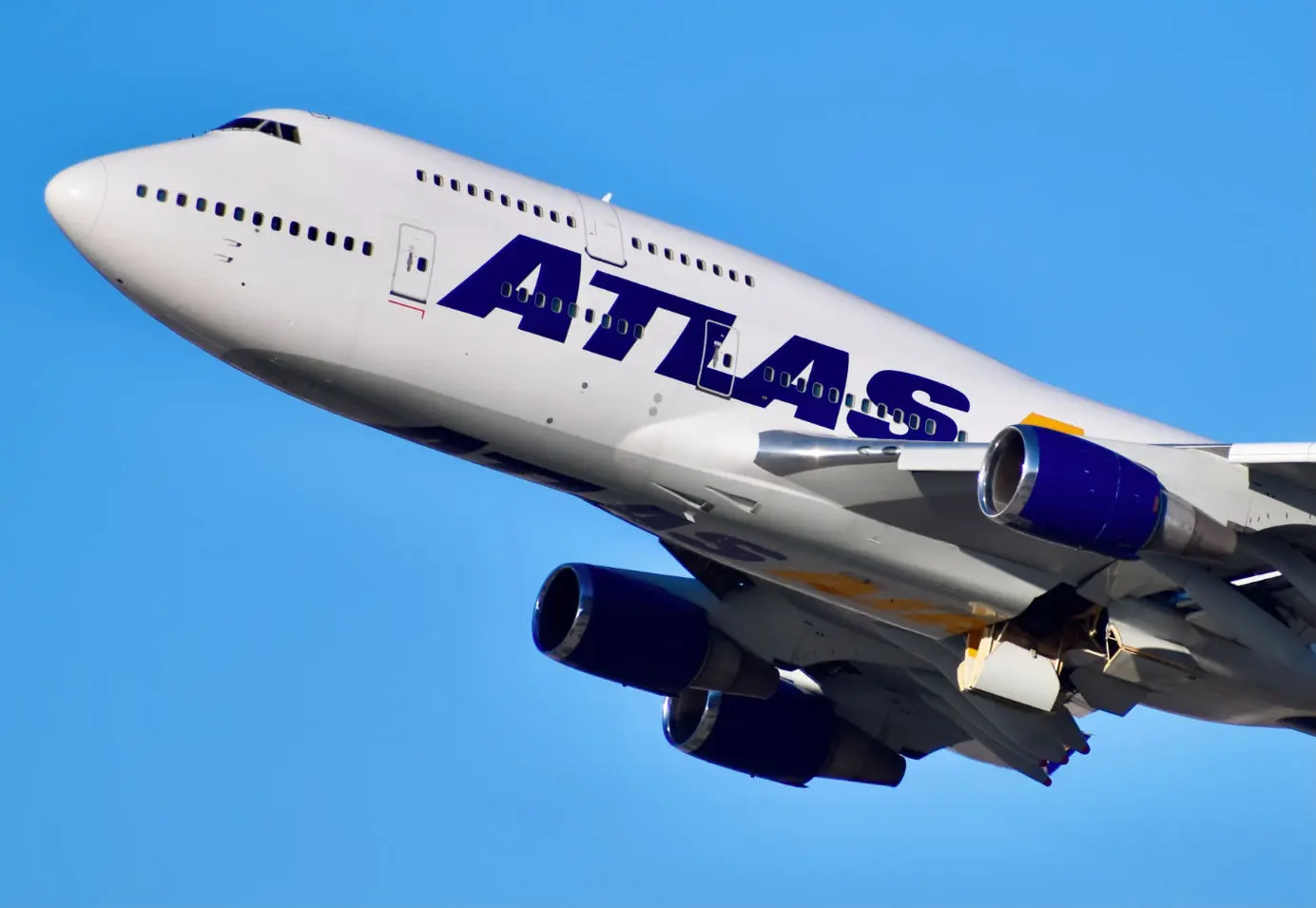
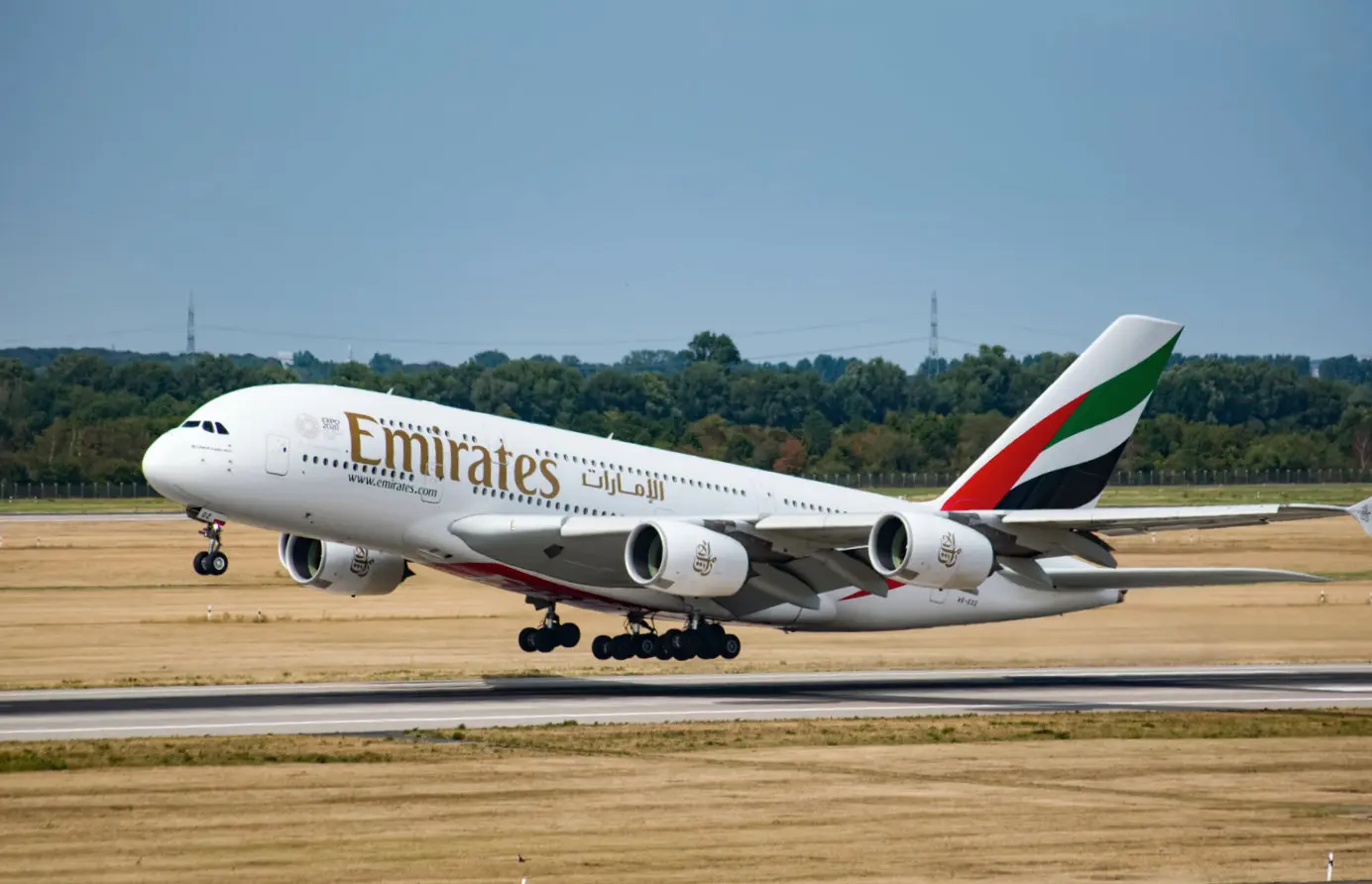
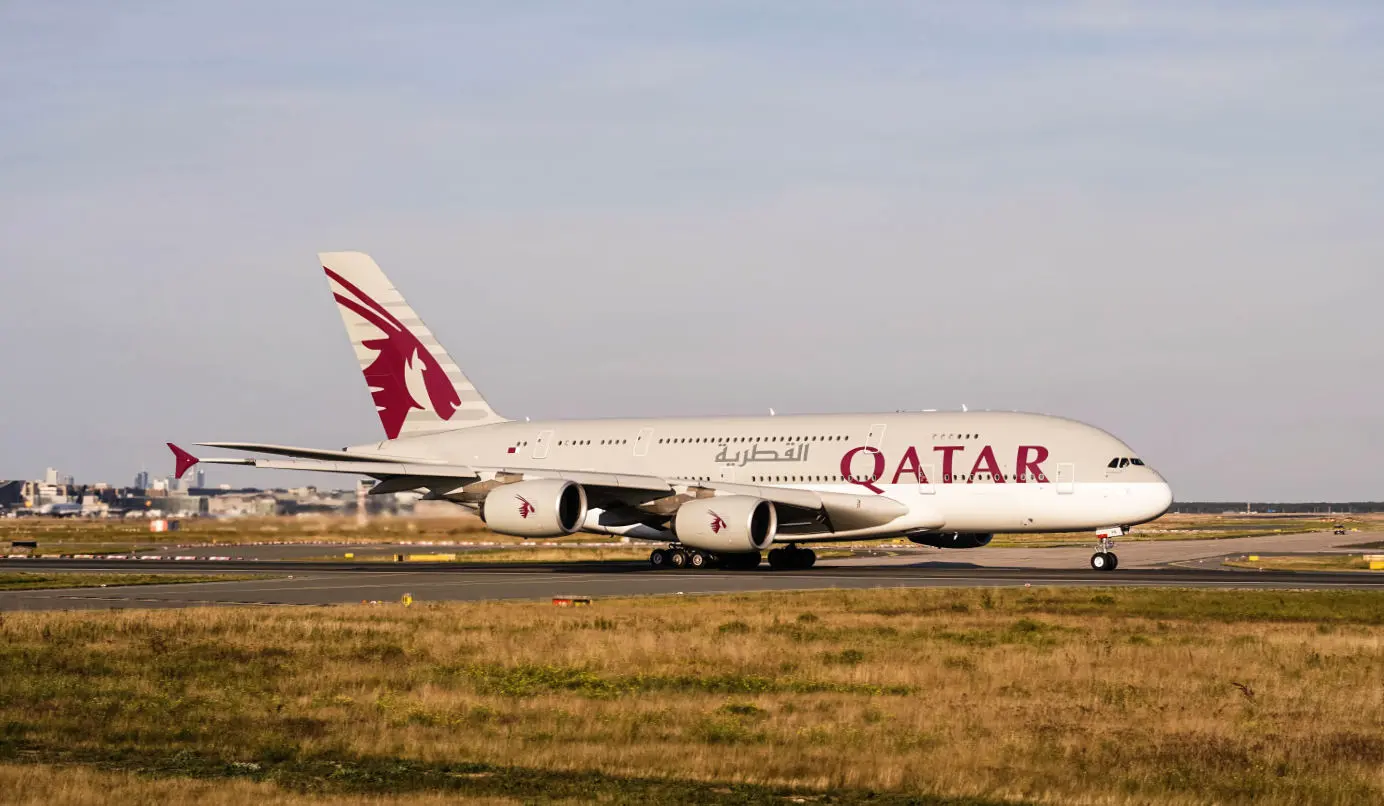
Planenerd Newsletter
Join the newsletter to receive the latest updates in your inbox.







